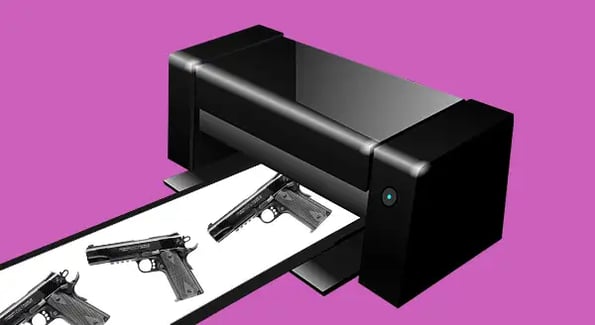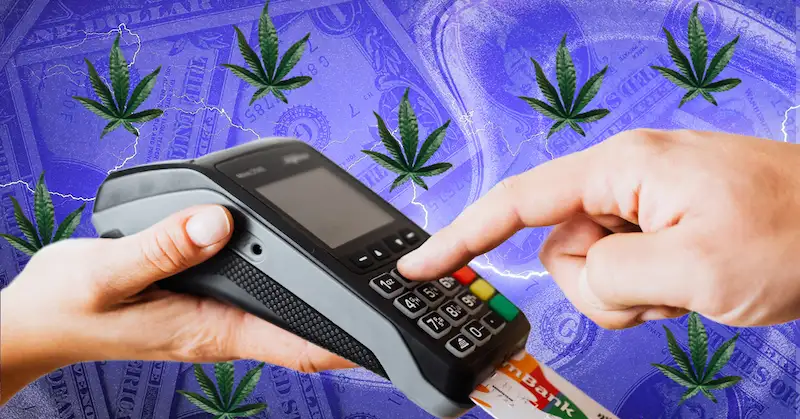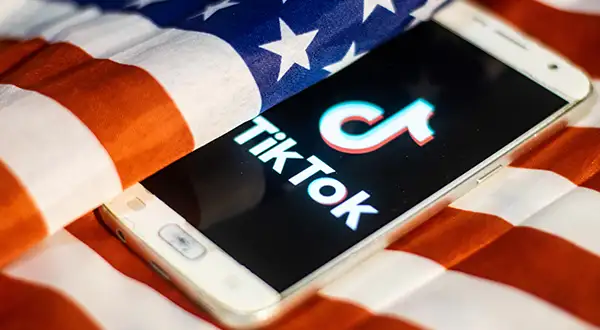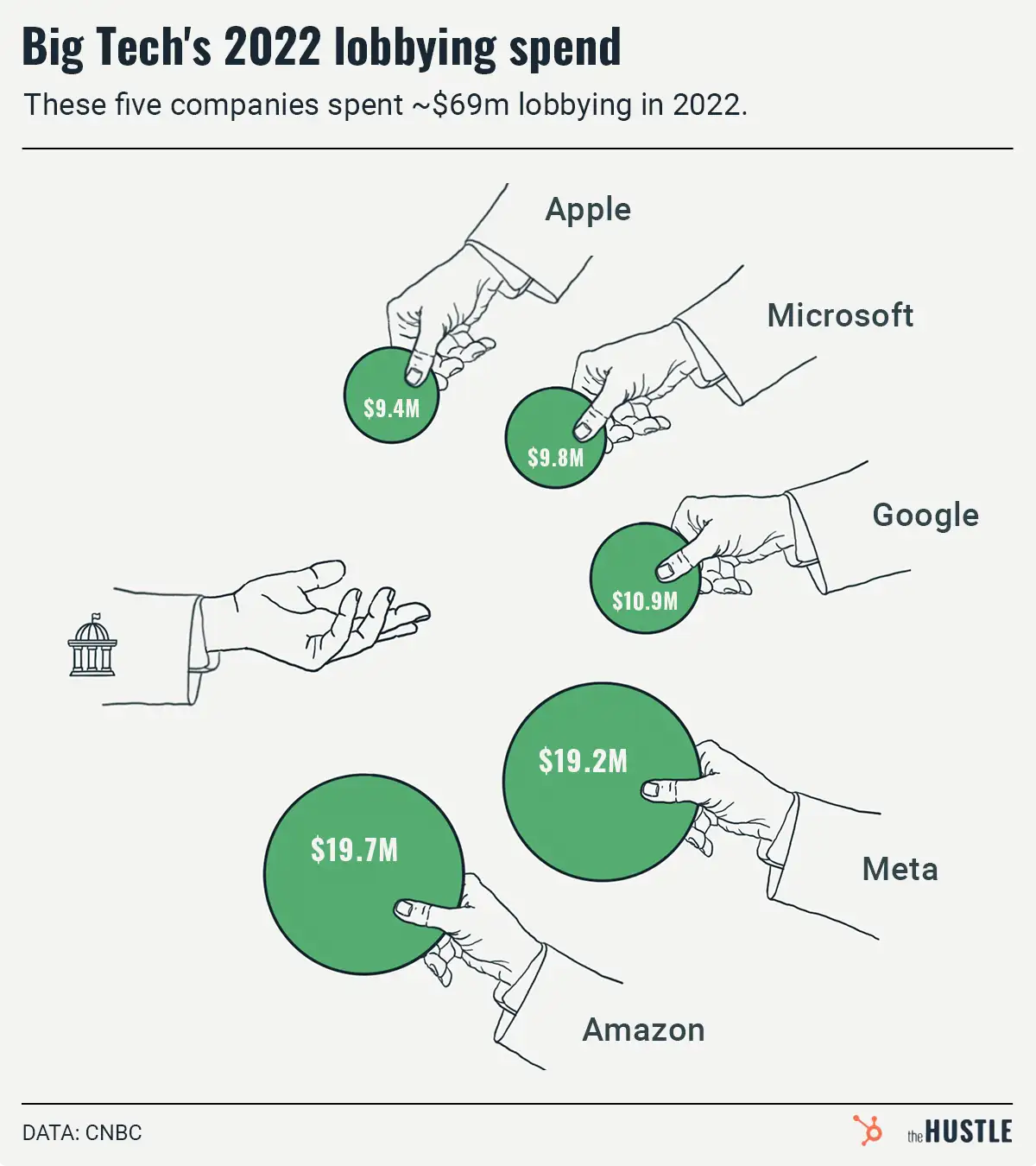On Monday, President Biden announced regulations against “ghost guns” in an effort to curb gun violence.

But wait…
What’s a ghost gun?
Not, as it may seem, a haunted gun.
They’re DIY guns, typically bought online via kits that buyers assemble at home like Ikea furniture. Some are 3D-printed, like this.
It’s a much smaller industry than the $19.5B US gun and ammo manufacturing biz, but there’s at least one key difference.
Because they’re sold unfinished, ghost gun kits aren’t considered firearms and haven’t required a serial number, per AP News.
That’s a problem…
… according to law enforcement and federal officials:
- Ghost guns don’t require background or age checks, meaning anyone with the means (~$350+) can get one.
- No serial numbers means they’re virtually untraceable. The Bureau of Alcohol, Tobacco, Firearms and Explosives (ATF) could only trace ~1% of the 45k ghost gun reports it received between 2016 and 2021, per CNN.
- Though most guns recovered by law enforcement during criminal investigations are regular guns, officials say ghost guns are on the rise. The ATF says ~20k ghost guns were recovered in 2021, up tenfold from 2016.
The new regulations…
… classify the individual parts as firearms, meaning ghost guns will be subject to the same laws as other guns.
Also, licensed dealers who buy ghost guns — like pawn shop owners — must add serial numbers before reselling.
But not so fast
You probably knew this, but gun regulations in the US are contentious.
Opposition is coming from pro-gun groups, including the Gun Owners of America, which plans to sue.
And while regulations could certainly curb some behaviors, stopping people from 3D printing whatever they want may be impossible.
BTW: The coolest 3D-printing applications might be… human organs?










